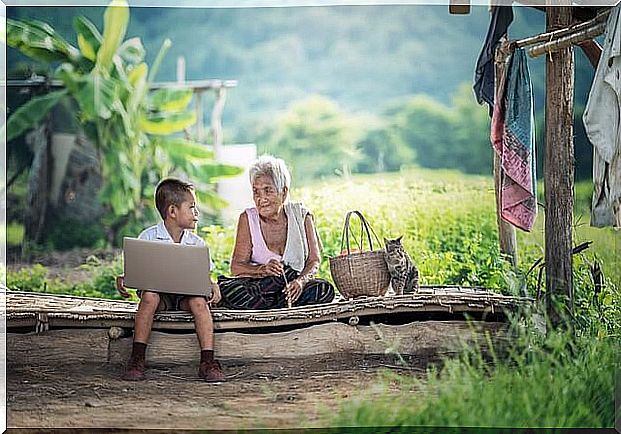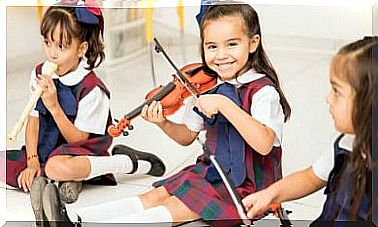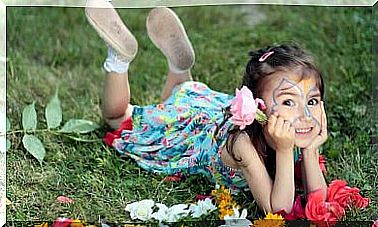Learning Community: Social And Educational Transformation

The learning community is an educational space in which a strong emphasis is placed on active participation in group activities. So it’s a very dynamic educational system. The secret is in equity. In this way, a good balance of teamwork is maintained.
Through the learning community, the development of social skills and interactions is favored. Therefore, children can develop their full social potential to the fullest. This is the importance of starting the little ones in this type of project, because, for sure, it will be present in them for the rest of their lives.
What is a learning community?
Interaction and participation are essential and most activities focus on these two aspects. Therefore, it is expected that the community has an active participation in schools to ensure children’s learning.

Features
First, this educational model implies that all people in society must be involved, in a coherent and organized way, in the learning and social development process of young people, including: family members, teachers, neighbors, local organizations, volunteers, among others. .
Consequently, the most striking features of the learning community can be summarized as follows:
- Creation of educational environments in which young people can be heard and valued.
- Continuous effort to reach all environments and spaces that need cooperation and social integration.
- Cover theoretical and practical training for those responsible for carrying out this project.
- Understand the figure of the teacher as a knowledge facilitator, who also takes into account the environments and circumstances surrounding the students.
- Above all, a learning community is a team in which each member strives to bring out the best in themselves and their peers.
- It is a dynamic learning environment that adapts to new trends and attitudes that govern modern life.
Origin of the learning community
However, these projects were born basically in the late nineteenth century, when educational practices increased their influence. An example of this are the schools formed by John Dewey, Alexander Meiklejohn and one of their greatest exponents, Paulo Freire.
Each of these projects, at very different times, sought a common characteristic, which was based on conceiving the school as a space for reflecting on experiences and generating knowledge.
For Freire, this model meant the transition from an oppressive pedagogy to a liberating pedagogy, committed to a profound social transformation, capable of bringing positive results for everyone.
Types of Learning Community
To identify the types of learning community, the institutional environment and motivation that guide the activities must be determined.
- Aspects that refer to a classroom, to formal education, when an institution opens its doors to the community, creating opportunities for participation.
- Informal learning, referring to a community, region or locality that meets to discuss experiences. With this, they achieve self-development and gain skills that allow them to face the world around them.
- The most innovative type of learning community: virtual education. It works through computers and the internet network, where knowledge and teaching are generated through a virtual space.

Benefits of community learning
Implementing this type of learning in children and adolescents will ensure that they adapt to the academic transitions they will experience throughout their lives.
In addition, it encourages healthy communication between teachers and students, and encourages the development of skills that would be impossible individually.
Currently, there are several learning communities that go beyond the educational context. Even social networks have served as an axis of communication, putting into practice what their defenders expose.
Education is a priority that should never be neglected or underestimated. After all, it’s the foundation of everything. Participating as much as possible in everything that involves the education of children and young people brings great benefits in the short, medium and long term.








